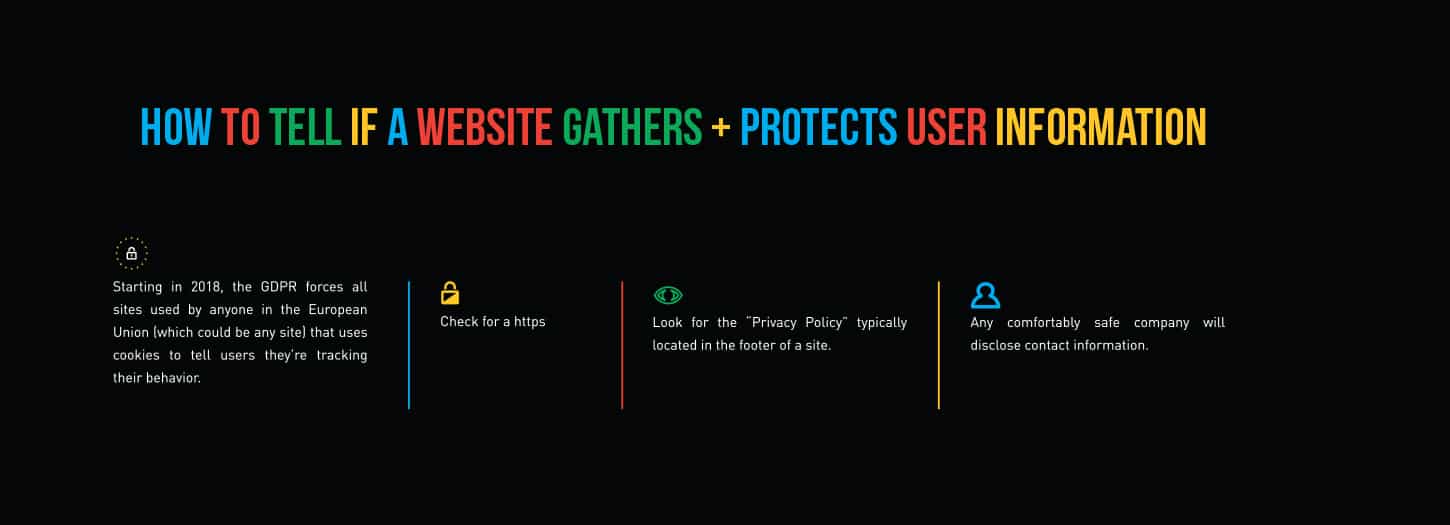Balancing Privacy with Personalization

With Facebook’s recent Cambridge Analytica scandal and Europe enacting the General Data Protection Regulation (GDPR), the topic of internet privacy has reached a boiling point this year. But the balancing act of privacy and personalization has just been heating up in the marketing industry.
In his 2012 New York Times article, “How Companies Learn Your Secrets,” Charles Duhigg revealed Target’s attempts to personalize marketing materials for expecting mothers was more than useful – it was creepy.
Pole, a then statistician for Target, developed a “pregnancy score” in which they identified 25 products that newly pregnant women buy in their early stages of pregnancy. When analyzed together, they could estimate due dates and send shoppers coupons based on specific stages of pregnancy.
“There is a calculus, it turns out, for mastering our subconscious urges,” Pole told The New York Times. “For companies like Target, the exhaustive rendering of our conscious and unconscious patterns into data sets and algorithms has revolutionized what they know about us and, therefore, how precisely they can sell.”
A year after Target started using the algorithm, a man walked into one of its stores in Minneapolis and demanded they stop sending his daughter, a high school student, coupons for baby supplies. It turned out, Target knew his daughter was pregnant before he did.
“If we send someone a catalog and say, ‘Congratulations on your first child!’ and they’ve never told us they’re pregnant, that’s going to make some people uncomfortable,” Pole said. “We are very conservative about compliance with all privacy laws. But even if you’re following the law, you can do things where people get queasy.’”
Seven years later, marketers are still trying to draw an ethical line for personalizing advertisements. Adding contextual and behavioral targeting layers to ads, makes brands more relevant to their consumers and therefore increases response rates. But then the question becomes, to what extent? When does relevancy become invasive?
Unlike Europe’s GDPR, which provides people control over their personal data in one set of rules that applies to all companies operating in the European Union, Internet privacy is regulated by the States and is currently up for debate. On one side, companies like Apple are pushing for federal regulation. But other large tech companies, like Google, are pushing for more leniency.
While the debate ensues in Washington D.C. and across the country, businesses and marketers have a job to do –– sell and market their products and services. State and federal privacy laws may or may not change, but the invisible line must still be drawn. and bringing it into focus starts with communication.
According to Accenture’s 2018 Report, “eighty-three percent of consumers are willing to share their data to enable a personalized experience, as long as businesses are transparent about how they are going to use it and that customers have control over it.”
To listen to consumers and balance personalization and privacy, start by telling consumers how their data is being used. Apple’s recent Privacy Portal provides users with access to what data the company is collecting and gives the consumer the ability to delete any piece of information.
If they are like the man that walked into Target looking for answers to coupons for baby supplies, brands should be honest. Tell them why they are seeing specific ads and what data is being used to serve those ads.
Lastly, consider collecting data the “old-fashion” way and take the “creepy” calculus out of the equation. Through websites or social media, ask consumers for their preferences – what they are looking for and what they’d like to see from the business. This way, consumers maintain control over personal data, but business can maintain high response-rates from personalized marketing messages.
